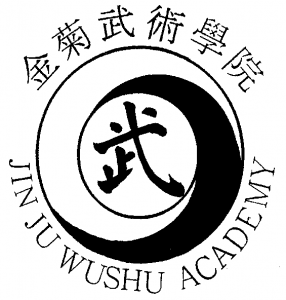Diversity & Characteristics
Present day Taijiquan consists of six major styles, namely Chen, Yang, Wu (Hao), He, Sun and Wu. Each style has directly or indirectly evolved from the Chen style.
Chen style
Developed during the late-Ming Dynasty by Chen Wang Ting from the Chen Village in Henan, the early forms were further developed by Chen’s descendants into the present day Chen style Taijiquan. Chen style is characterized by rapid and explosive movements, including many jumps and stomps.
Yang style
Developed during the Qing Dynasty by Yang Lu Chan, Yang modified Chen style Taijiquan by removing some of the explosive moves and making the form softer and easier to practice for all ages. His modified Taijiquan took three generations until his grandson Yang Cheng Pu to perfect and become established as the Yang style Taijiquan we know today.
The ’24 Simplified Form’ was largely based off Yang style, while the ’48 Simplified Form’ incorporated elements from other Taijiquan styles. Nowadays Yang style is the most commonly practiced and most popular style worldwide.
Wu/Hao style
Developed during the Qing Dynasty by Wu Yu Xiang, Wu modified Chen style Taijiquan by compacting the originally big open movements. This style was later popularized by Hao Wei Zhen. The Wu (Hao) style is characterized as a very compact style with short and small movements.
He/Zhaobao style
Developed during the Qing Dynasty by He Zhao Yuan, He modified Chen style Taijiquan by adding elements from wushu of that period. The He style is also called the Zhaobao style due to its geographical origin.
Sun style
Developed during the Qing Dynasty by Sun Lu Tang, Sun modified Wu (Hao) style Taijiquan by adding elements from Xingyi and Ba Gua. The Sun style is characterized as a very flowing style with smooth turns and continuous movements.
Wu style
Developed during the early Chinese Republic era by Wu Chien Chuan, Wu further modified Yang style Taijiquan to suit the general public. The Wu style is characterized as a very soft style with a leaning posture for better control on the practitioner’s centre of gravity.
